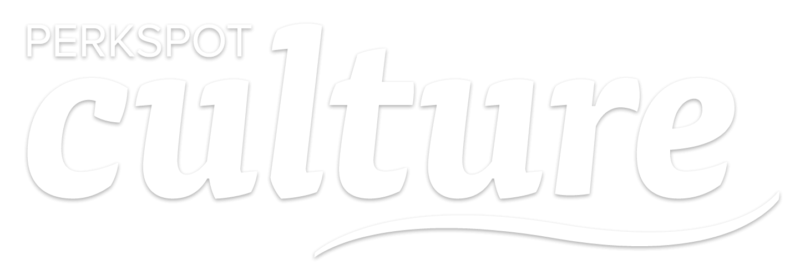Creating Development Plans That Work
Professional development plans can make a huge difference when it comes to retention and engagement for your employees. If your company hasn’t invested time in creating plans for each of your employees, stop what you’re doing and make this a priority.

Here are our steps for creating and implementing a meaningful professional development plan for your employees.
Where Do You See Your Business Going in the Next Year?
It makes sense to start with this question because if your employees’ goals aren’t aligned with the business’s, it’s a recipe for disaster. Consider all the objectives you want to accomplish in the next year and how each department fits into these goals. Determine what skills, knowledge or competencies your employees need to obtain to support where your business is headed. By spending time on developing your current employees, you’ll save valuable resources on recruiting and onboarding.
What Do Your Employees Want?
The next step is to consider what your employees want. It’s important to remember that just because an employee is great at X project or skill doesn’t always mean they love working in that particular area. Take time to chat through areas they want to grow and improve and items they would rather not be working on. Providing an open space for vulnerability will go a long way. You may discover they have interest in an area you were looking to expand. This is a great opportunity to explore what that might look like.
What Do Your Employees Need?
Just as you ask them to explore their interests, also ask them to share resources or knowledge they might need to make this possible. Many people may be afraid to speak up (we’re talking about you, introverts) and discuss areas where they are feeling overworked or lack support. Think through how this aligns with your business goals and objectives. Additional training for existing employees may outweigh the costs of recruiting and hiring someone from the outside. Since they know your business well, they may be able to add more value than an outside hire.
How Do Their Desires Align With Your Business Objectives?
You know where you want to take your business. You know what your employees want and need. Now it’s time to put goals in place that satisfy both of these objectives. Of course, your customer service rep may want to learn graphic design, but it doesn’t make good business sense. You can’t always bend over backwards to satisfy these hopes and dreams, but you can listen and give good feedback, especially if you find your employees in need of some motivation. Set goals in place that will provide a development for your employees that make sense. Use SMART goals to make sure they are measurable and can be easily evaluated in their next review.













